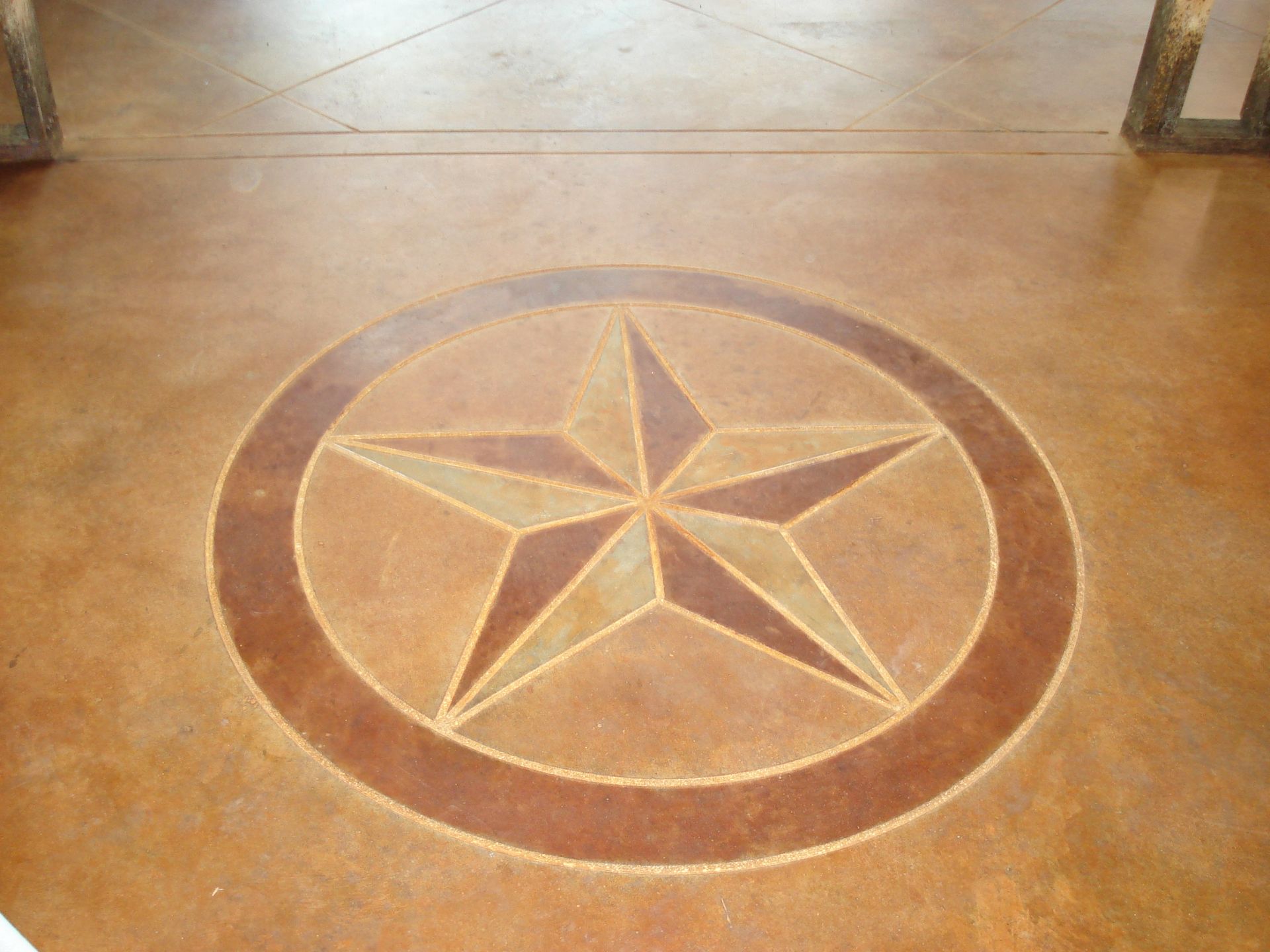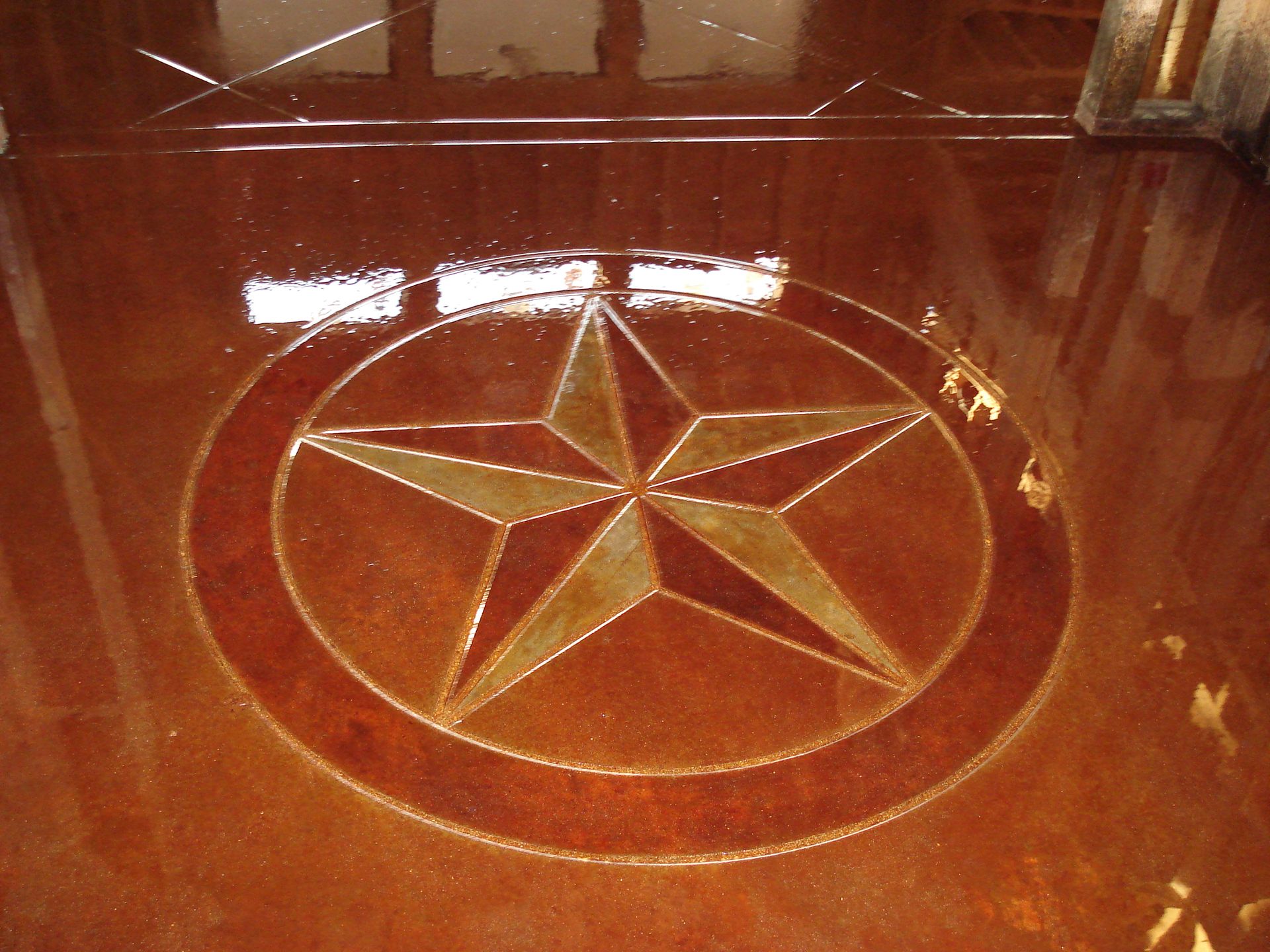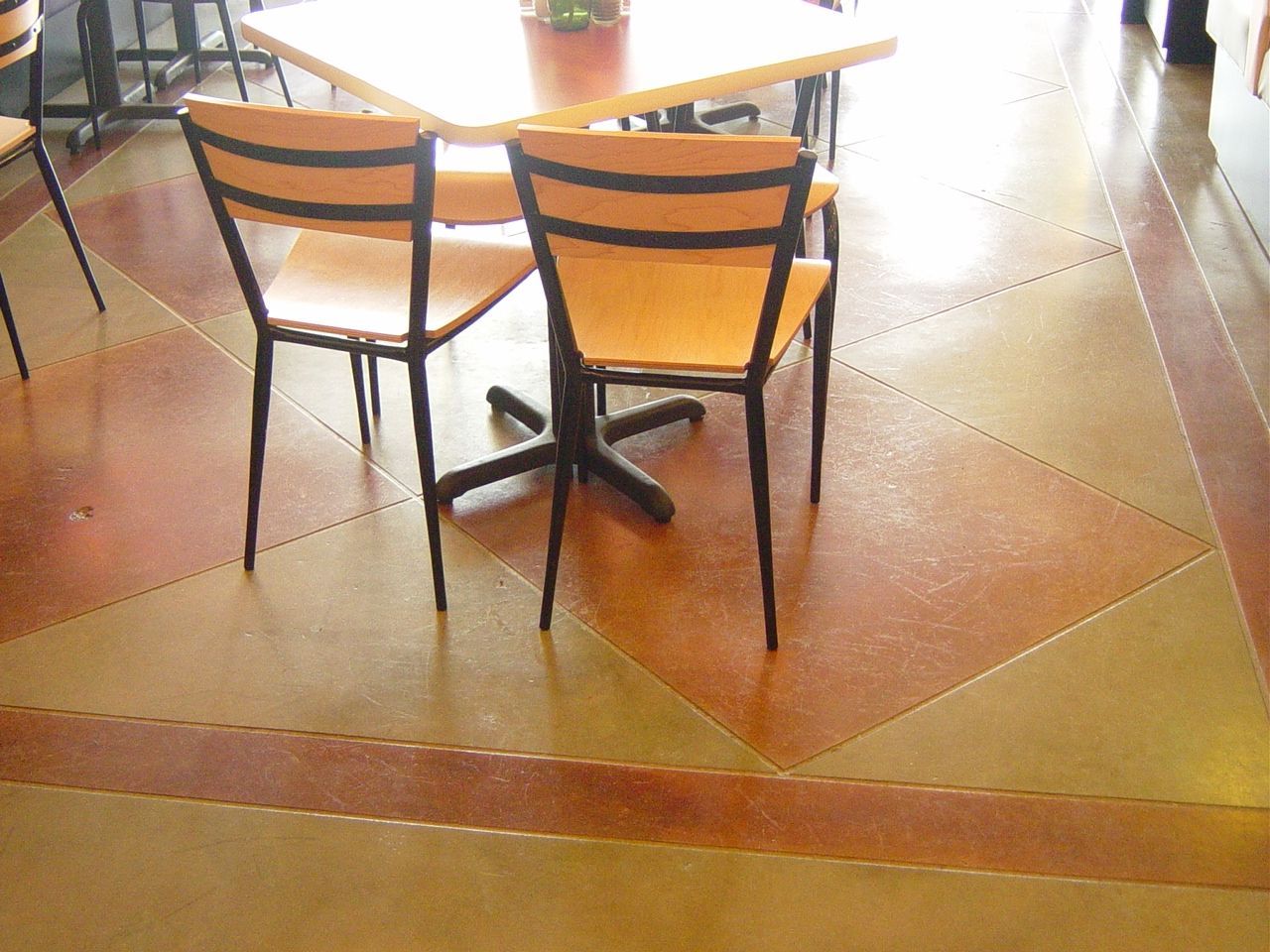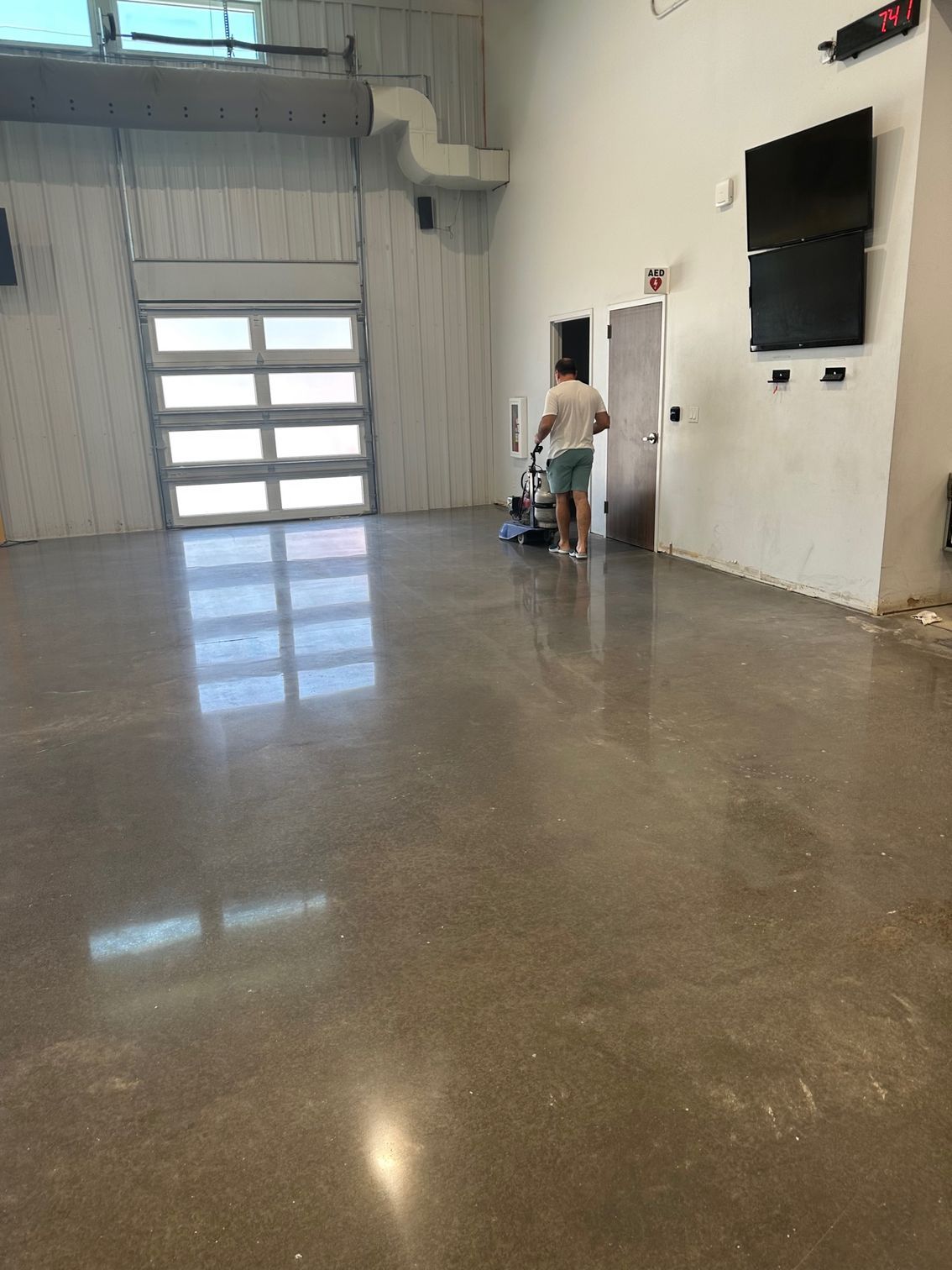Staining & Polishing Service In Houston, Texas
Have you ever considered making plain concrete pop with color or shine like a star? At Impressions in Concrete Inc., we take your regular concrete and turn it into something dazzling! The elegance of concrete surfaces can be increased with the proper staining and polishing techniques. At Impressions in Concrete Inc., we believe that each concrete surface is a canvas. Our approach to staining and polishing isn't just about giving the concrete a new look but enhancing its inherent beauty and strength.
Our World of Staining
Staining isn't just adding color. It's giving life to your concrete!
Water-Based Stains
Do you want a smooth and even color? This stain is what you need. Pick any shade, and we will give you a consistent and uniform finish.
Acid-Based Stains
If you are someone who loves surprises, acid-based stains are for you. It gives a mix of colors and patterns. No two floors look the same. It's like having your very own unique art piece!
Impressions in Concrete Inc. prides itself on fulfilling whatever mood you're in, bright and bold or calm and soft. We help if you seek terra cotta's rich tones or pale gray's muted elegance. We have the stain to match your vision.
Make It Shine with Polishing
Concrete doesn't have to be dull and, when polished, can rival the sheen and luxury of the most exquisite marble floors. Polishing not only uplifts the appearance but also increases the concrete's resistance to wear and tear.
Sealing
Once we get that perfect shine, we seal it with sealants. This process keeps the sparkle going for longer and keeps away stains.
We see concrete as more than just a floor. It's a chance to create something extraordinary! Our crew knows all the tricks to make concrete look its best. We listen, we understand, and then we deliver. Give us a shout, and let's make your concrete the talk of the town!







